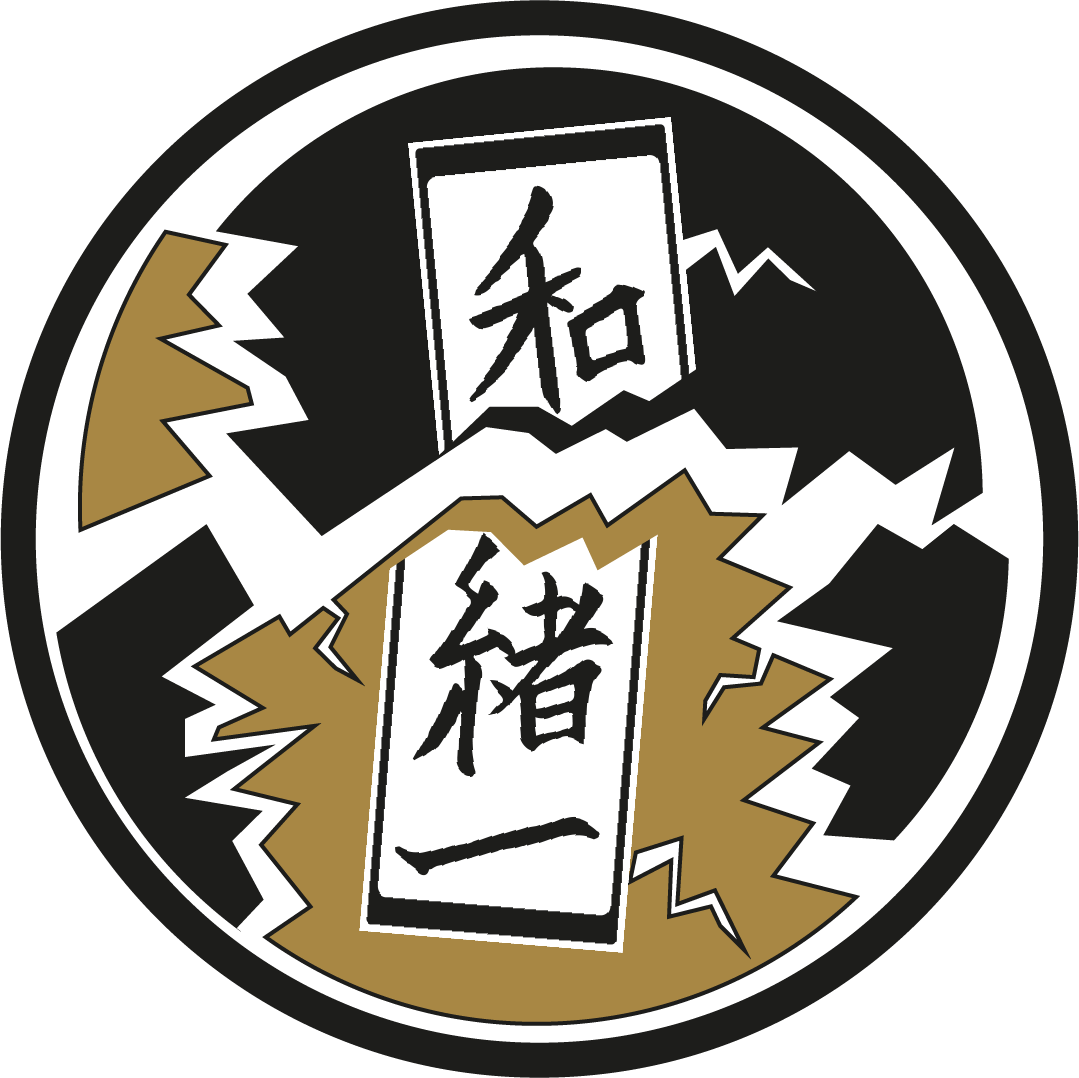A Rainy Season Must
Last week we looked at some onomatopoeia that describe different sounds that the water falling from the sky makes. But how do you actually call various types of rain? There are numerous interesting words that you can use during this rainy season (梅雨 tsuyu) – would be a waste not to know them. 😉
Simply rain in Japanese is 雨 ame. Then, if it is heavy you can call it 大雨 ōame – lit. big rain, and if it is light, 小雨 kosame – lit. small rain (pay attention to the unusual kanji reading with the added ‘s’). However, for a real downpour you have more options to choose from than the aforementioned basic. For example, 土砂降り doshaburi means pouring rain, although literally it is ‘falling down earth and sand’, pointing to the disasters that such an atmospheric phenomenon often leads to in Japan. You can also speak of 豪雨 gōu, torrential rain, or 多雨 tau, heavy rain. But it does not always have to be raining cats and dogs. Sometimes what is most remarkable about rain is not its intenstity, but its length, which you might often be frustrated by during this season. At such moments you would be lamenting about 長雨 nagaame, a long spell of rain. On the other hand, if you are caught by a temporary rain shower, you would call it 俄雨 niwakaame (‘sudden rain’). Additionally, if it is raining even though the weather is nice, it would be 天気雨 tenkiame. There is also a more poetic way to say ‘sunshower’ in Japanese – 狐の嫁入り kitsune no yomeiri, literally ‘the fox’s wedding’. It is not certain why simultaneous sunshine and rain was connected to the foxes’ marriage ceremony, however, both events undeniably have an eery feel to them.
So, have fun discerning between different types of rain from now on!

